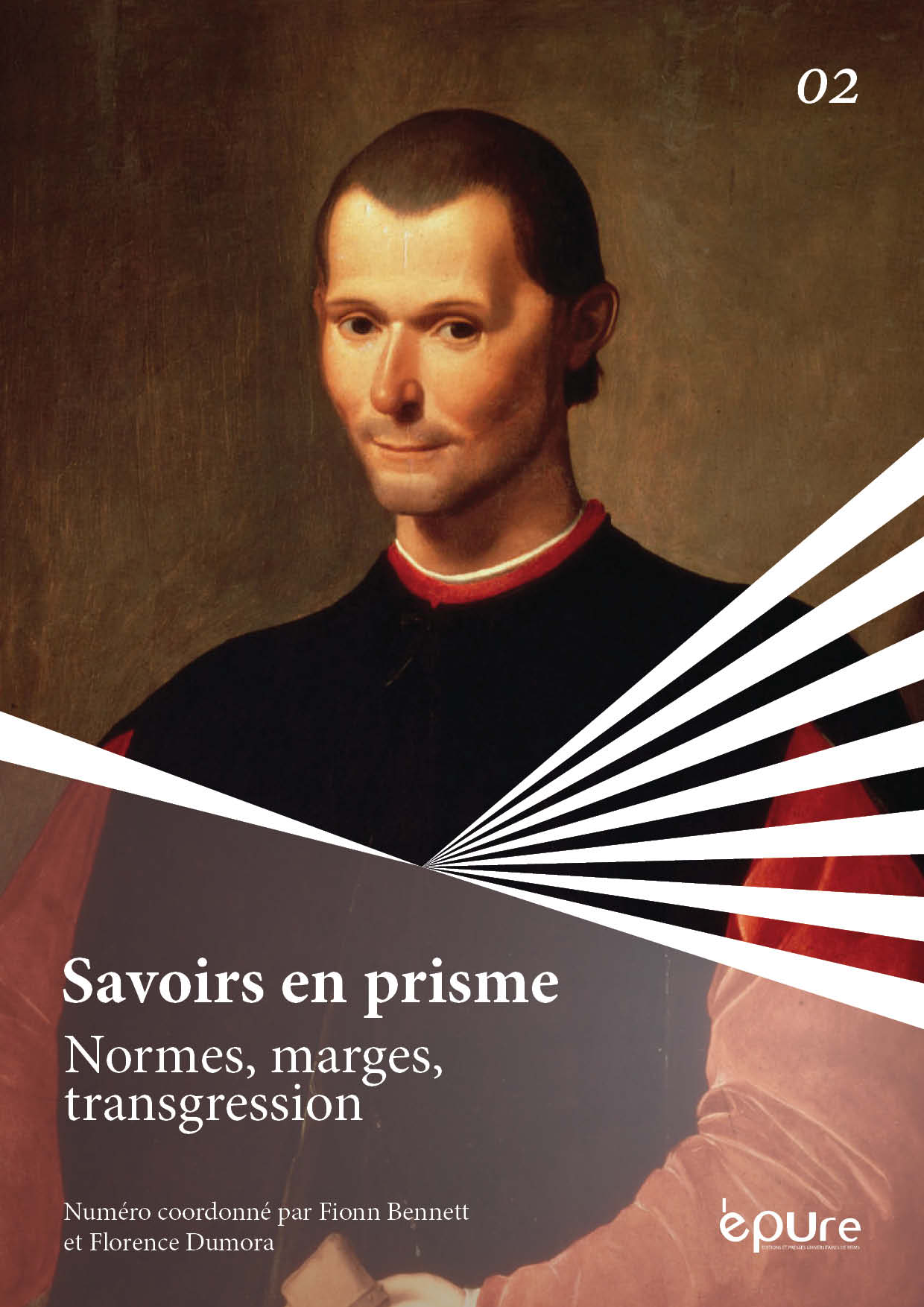Norme et transgression dans les proverbes
Abstract
It’s generally admitted that proverbs point out a general rule, a current standard shared by a linguistic community. This community may be limited or spread, real or virtual, but in any case, the invoked rule appears to be law-like. Then, when a person uses a proverb to describe a particular situation, she indicates that this case is within the scope of the standard, that it verifies the underlying rule (Like father, like son, There
is no rose without a thorn…). However, another group of proverbs − certainly less frequent and more rarely studied − indicate exactly the opposite: they underline a transgression with regard to the standard (Don’t put the cart before the horse, You can’t teach your grandmother to suck eggs…). In these cases, the actions don’t take place in the right order, or the aimed person is not the good person for the action. By breaking the general rule, these proverbs (a) recognize its existence, which means for us an indirect way of validating it and (b) evoke at the same time another rule. In this work, these two strategies of validation are explained.
References
—— (1997) : « Reflexiones críticas sobre la naturaleza y el funcionamiento de las paremias». Paremia. 6 : 43-54.
—— (1999) : « Estructura métrica y función semántica en los refranes». Paremia. 8 : 25-36.
—— (2002) : « La nuit, certains chats sont gris, ou la généricité sans syntagme générique ». LINX. 47 : 13-30.
Kleiber, Georges (1989) : « Sur la définition du proverbe ». Recherches Germaniques. Vol. 2 : 233-252.
—— (2000) : « Sur le sens des proverbes ». Langages. 139 : 39-58.
—— (à paraître) : « Pour une classification sémantique des proverbes ». Colloque « Tous les chemins mènent à Paris Diderot ». 29 juin-2 juillet 2011.
Langages N°139 (2000) : « La parole proverbiale », Paris, Larousse.
Méndez Pérez, Alejandra (1996) : « Mnemotecnia del refrán: las rimas y la estructura». Paremia. 5 : 183-186.
Palma, Silvia (2000) : « La négation dans les proverbes ». Langages. 139 : 59-69.
—— (2004): « Negación, refranes y estereotipos ». Letras de Hoje. 35. Revue trimestrielle publiée par Pontificia Universidad Catolica de Rio Grande do Sul, Porto Alegre, Brésil : 121-132.
—— (2005) : « La regla y la excepción en los refranes ». Paremia. 14 : 97-104.
—— (2007) : Les éléments figés de la langue. Etude comparative français-espagnol. Paris : L’Harmattan.
—— (2012) : « Proverbes doxaux et paradoxaux ». Anscombre, J.-C., Darbord, B., Oddo, A., Dir. La parole exemplaire. Introduction à une étude linguistique des proverbes. Paris : Armand Colin : 67-80.
Riegel, Martin (1987) : « «Qui dort, dîne» ou le pivot implicatif dans les énoncés parémiques ». Riegel, M. & Tamba, I., Dir. L’implication dans les langues naturelles et dans les langages artificiels. Paris : Klincksieck : 85-99.
Schapira, Charlotte (1999) : Les stéréotypes en français. Coll. L’essentiel français. Paris : Editions Ophrys.
Sevilla Muñoz, Julia (1992) : « La terminologie parémique française et sa correspondance espagnole». Terminologie et traduction. 2.3 : 331-343.
Dictionnaire Le Petit Robert, Paris : Editions Le Robert, 1994.
Dictionnaire Trésor de la Langue Française en ligne (
Copyright (c) 2020 Savoirs en prisme

This work is licensed under a Creative Commons Attribution-NonCommercial-ShareAlike 4.0 International License.


